Is Your STEM the Real Deal?
A MiddleWeb Blog
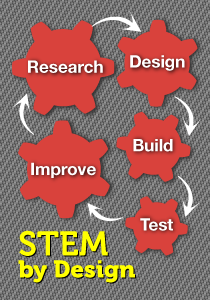
One thing I notice about PLC initiatives as I work with teaming is that PLCs have morphed into a variety of styles, some better than others. I worked with one system that mandated PLCs in every school. Rather than giving schools firm guidance, the system left it up to the schools to decide how PLCs would “look.” Schools struggled to get up to speed. Several established teacher teams and gave them time to meet during the school day. In another school, I learned, “Our faculty meeting counts as a PLC.”
Still another school decided that if two or more teachers met at lunch and discussed instruction – while monitoring students – those teachers could count that as a PLC meeting. Some mandated school improvement meetings were labeled as PLC meetings. So PLCs have taken on many faces – with a lot of schools and professional staffs just going through the motions as they wait out the latest “fad.”
The same thing could happen to STEM. Chances are, it’s already beginning. I know for certain that some schools/systems believe they have STEM programs if one subject (usually science) in the school teaches lessons officially labeled as “STEM.” Some believe they have STEM if they let kids make roller coasters or Lego robots in an after school program. Those kinds of things certainly include STEM components, but I wonder, is the meaning of STEM beginning to be diluted, from a rich stew to a thin soup?
The Ingredients of a Good STEM Stew
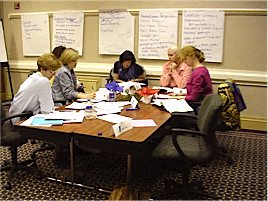
What, exactly, makes a particular curriculum an authentic STEM program?
The answer is up for grabs in some areas, but STEM programs should focus on attaining the following 10 outcomes at the very least. That doesn’t mean that every one of these outcomes must be in place at the launch of a program, but they should be present as the program matures. They sum up the basics of solid STEM programs and represent the “bonus” or “value added” that comes from doing STEM right. Check these out and see how many your STEM program already has in place:
Basic Outcomes of Real STEM programs
1. Students gain a deep understanding of the content areas. Depth is more evident than breadth as students learn rich content that they will apply in future careers. (STEM Bonus: Students may gain real understanding of concepts rather than just knowing facts.)
2. STEM areas (science, technology, engineering, and math) are interconnected and integrated. Students are able to identify and integrate concepts and skills from content areas to understand and solve complex problems. (STEM Bonus: This will give students a reason to learn content that once seemed useless.)
3. Engineering is a driving force behind STEM challenges. The engineering design process provides an organized structure that students use in solving challenges. (STEM Bonus: There’s a high probability that students will learn how to think through problems if they use this process frequently.)
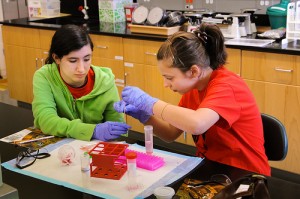
5. Teachers facilitate STEM learning through hands-on inquiry and exploration. STEM teachers use inquiry-based, firsthand investigations that encourage critical thinking, problem solving, and teamwork. (STEM Bonus: This way of teaching may spread throughout the school!)
6. STEM involves teamwork. A glance in a classroom where students are involved in a STEM project will reveal students working together in teams to solve problems. (STEM Bonus: Teamwork builds skills that will be useful in almost every area of their lives.)
7. Students feel comfortable working with technology. Students view technology as more than computers; technology includes all tools used to make life easier and better. (STEM Bonus: School may be a place that feels up-to-date and students enjoy coming.)
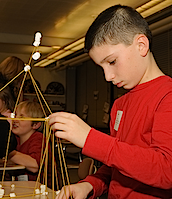
9. Teachers are active learners. Teachers have access to, and time allotted for, collaborative professional development that sharpens their STEM knowledge and inquiry teaching approach. (STEM Bonus: Teachers may become less isolated in silos and more likely to spread expertise.)
10. The community is supportive, including both parents and private industry. The STEM program has strong leadership, sufficient resources, and support from parents, businesses, higher education, and/or private industry. (STEM Bonus: The community may find out about the good things your school is doing.)
You can find more about what goes on with outstanding STEM initiatives at these websites:
• Carolina Curriculum and the Smithsonian Institution National Science Resources Center
• Washington State STEM Education Foundation
• A Compendium of Best Practice K-12 STEM Education Programs
If you know of a STEM program with some successful components, tell us about it here or share a link to the site.









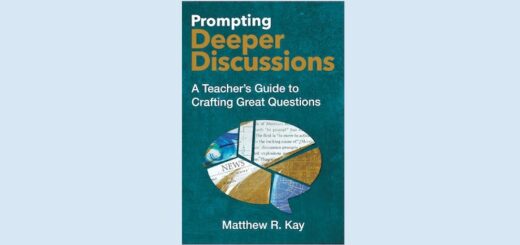

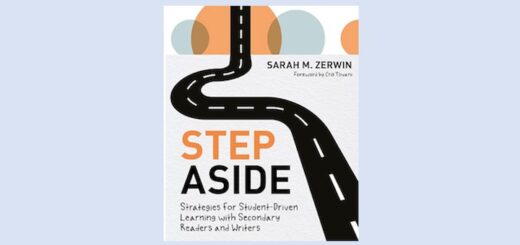

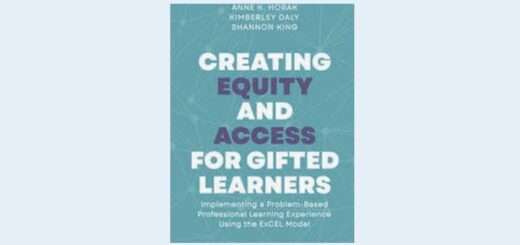




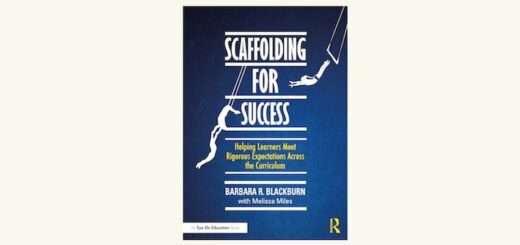
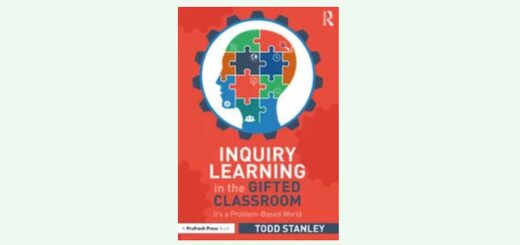

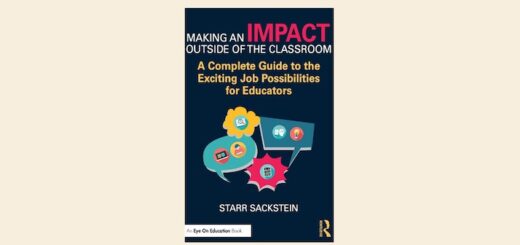


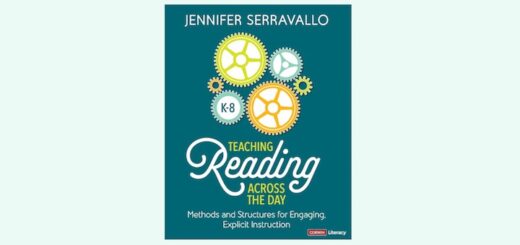
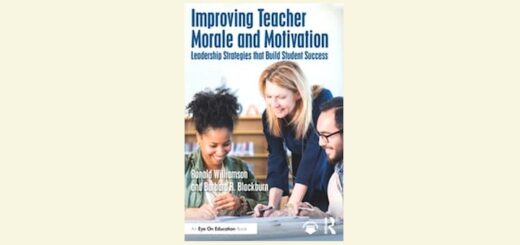
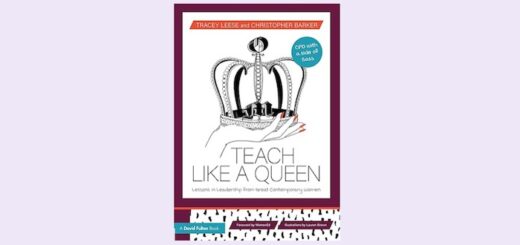

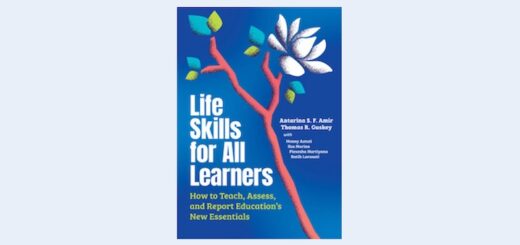
One additional thing I want to mention – the STEM watering down process can come from many sources: for example, teachers who feel too unsupported to risk change. It may come from an attitude of ‘benign neglect’ on the part of district leaders who lack resources to fully support authentic STEM instruction, It may come from principals who don’t fully understand the STEM initiative and who simply pay lip service to it so they can check it off their overcrowded “to do” list. STEM is the real deal. To be fully successful everyone must pitch in and work to make STEM work.
What a great article, Ann! You hit the nail on the head. North Carolina is doing some great work in integrated STEM. Our state’s STEM school certification process will be based on not only the “general” STEM rubric but also recently released “Engineering Connections to the STEM Rubric”. These focus on putting engineering front and center for schools assessing their implementation of STEM and it means that you will not obtain certification without including engineering in a meaningful way. There are four areas described: Engineering Habits of Mind, Engineering Design Process, Systems thinking and Problem solving. The NC STEM rubric can be found at https://www.ncstem.org/stem-strategy/attributes-rubric.html. The Engineering Connections to the STEM Rubric can be found at: http://www.ncpublicschools.org/docs/stem/resources/engineering-connections/gradesk-12.pdf. Again, well done.
This is a very timely article and I appreciate the fact that identified elements of a STEM program are presented. Too often this becomes another glorified science course without any real systematic change. As a Technology & Engineering instructor, I have a passion and need to be included….(kind of an important component).
The NC resources are wonderful also – thanks for sharing
Thanks, Liz – I am a certified admirer of North Carolina’s work with STEM! So glad you brought our attention to it here.
I appreciate your comments, Alan. My greatest concern is that STEM will become just what you said – a glorified science course without systematic change. Well stated!
Excellent summary of a complex concept. We linked to it in our blog so our partner schools can benefit from your insight!
Thank you so much, Matthew, for helping to build awareness of what is and isn’t STEM. I hope your STEM programs are successful and engaging!
Kids learn so much by example at home that it’s important for parents to support enthusiasm for STEM classwork. They can use myriad daily activities to show kids how fundamental STEM skills are, from fixing the family car to balancing a bank account to building a fence for a pet. STEM skills should be positioned early on as basic life skills so kids (and parents) aren’t intimidated by the focus on them in education now. We re-tweeted this. Great article.
Thanks, Susan! I am so glad you added that insight. Parents are so much a part of the STEM process, and their support is vital. I wrote two posts that focus on how parents can help: STEM and Parent Awareness and 10 STEM Tips for Parents.
Thanks also for the retweet.
How do I get a new STEM program started
Hi, Robert. Start by deciding what you want your STEM program to accomplish for your students. Is this a districtwide program, schoolwide program, or classroom program? If you would like ideas of what a program should look like, and how to prepare STEM lessons, you might take a look at the website for my latest book – STEM by Design. Lots of tips there (and if you think it would be helpful to you, there’s a 20% discount on my book).